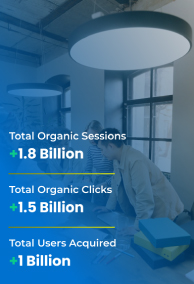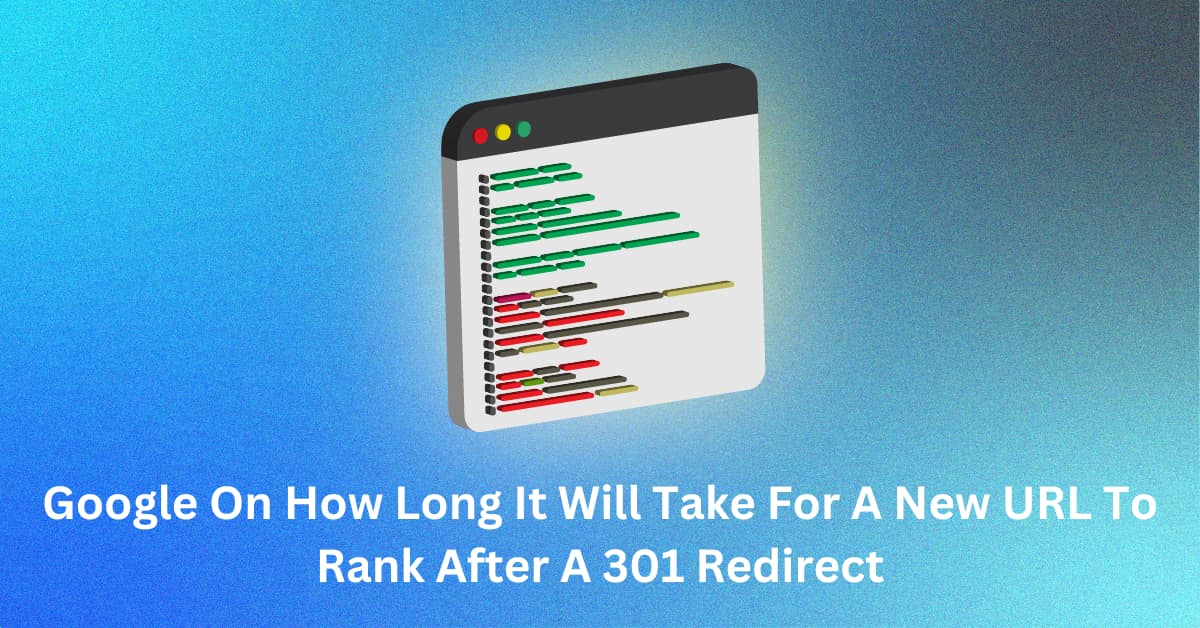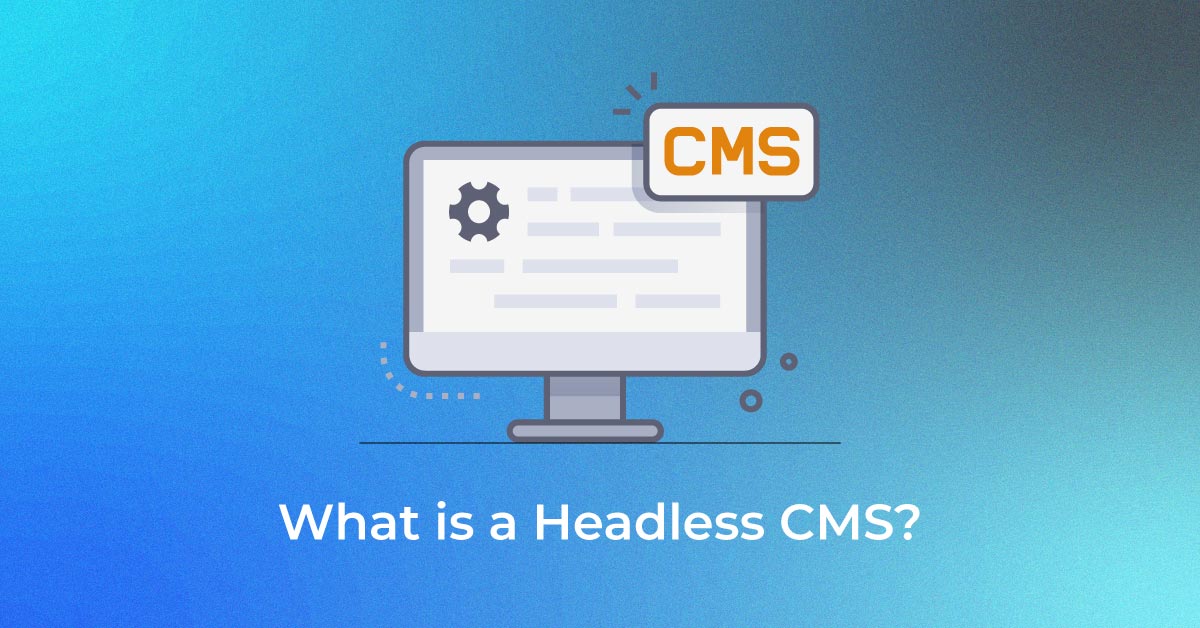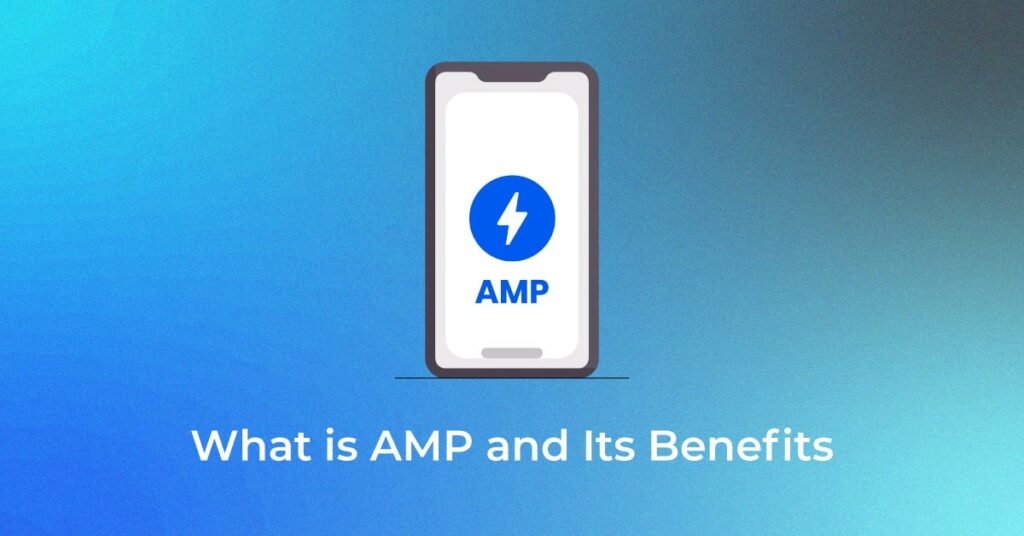
Witness an Increase in your ROI
Unlock higher rankings, quality traffic, and amplified conversions through tailored award-winning SEO strategies.
|
Getting your Trinity Audio player ready...
|
What is AMP?
Accelerated Mobile Pages, or AMP, is an open-source framework that aims to load publisher’s sites quickly on mobile. As mobile responsive is slow because desktop resources are abundant and plenty.
AMP features lessen JavaScript and CSS components, Content Delivery Network, and enhances the performance of the internet on mobile devices. Web content loads, depending on the pace of the internet and the file size of the website. Although, several pages will load gradually if the internet speed is fast and the volume of files is too large. Having said that, a technically optimised page might also load slowly if the connection is too slow.
How do Accelerated Mobile Pages (AMP) work?
AMP consists of three components that make it work. The first is AMP HTML, which is a leaner version of the regular HTML. To ensure quicker page loading, certain HTML functions, such as forms, are not accepted on AMP. The AMP framework also needs you to use a streamlined version of CSS.
The second component is called AMP JS, which helps the page load quickly on mobile platforms by restricting the use of Javascript. The only exception made is for AMP Script, which is optimized keeping page loading acceleration in mind. The elements AMP takes away with JavaScript, is compensated with an extensive library of easy-to-deploy components. Users can make animations, load content dynamically, modify the page layout, and perform other functions using AMP’s library.
The final component of AMP is the proxy-based content delivery network (CDN), also known as AMP Cache. The CDN collects AMP content to cache it for quick delivery. The AMP CDN caches all applicable AMP content, it does not have an option to opt-out by default. Upon knowing what AMP is, sites can serve AMP pages by adding the “rel=amphtml” tag to their HTML code. Web pages consisting of the AMP code have a three-step AMP configuration to follow.

Unleash your website's potential by harnessing Infidigit's 400+ SEO audit to achieve peak site health & dominance on Google organic search.
Looking for an extensive
SEO Audit for your website?
Unleash your website's potential by harnessing Infidigit's 400+ SEO audit to achieve peak site health & dominance on Google organic search.

How to Setup an Accelerated Mobile Page?
Now that you know what is AMP and its potential drawbacks are, you have access to the complete picture. And it will be fair to say that AMP sites still have value. So here is how you can set up one:
- Make duplicate copies of each page. This will ensure that you have a non-AMP copy for each page available. After installing the plugin, you can use this copy and restore the page as it was designed if you are not satisfied with the page UI.
- Ensure that you already have a mobile-optimized version of your website. Once you have done this, you can add AMP iterations for the same pages. This will provide the full benefits of using AMPs.
- You will not be able to use third-party JavaScript, build an email list, or enable on-page interactive elements like comments. Instead, AMP supports HTML and is optimized only for accelerated loading.
- If your website is managed on WordPress, you’ll need a GitHub plugin to enable AMPs. You can access it here.
- Make sure you use a zipped version of the file to expedite the download process.
- Once you have finished the download, go to your WordPress dashboard and install the AMP plugin.
- To get an AMP site, append every page with ‘/amp/’. In case you do not have a permalink for the page, use ‘?amp=1’.
- Calibrate your Google Search Console. This will ensure that the search engine chooses your AMP iteration whenever a user loads it. If you don’t do this, Google might still redirect traffic to older versions.
Benefits of Accelerated Mobile Pages
- AMP content gets an SEO lift since these pages display on the Google News Carousel. This is given preference above the fold placement on mobile search. AMP pages receive more attention, as further companies sign up to advertise their content. Hence, you need to be on the AMP network.
- Smartphones have won against the desktop and PC, becoming the prime device. People use mobile phones to look for a new restaurant, shop on phones or read the news. It is important for mobile users that websites load quickly at least within three seconds. If the site loading is prolonged, the majority of mobile internet users will bounce and drop the page.
- AMP helps you generate revenue. It also provides a compelling user experience, reducing the loading time yet giving the user similar precise content. Websites loading within three seconds have twice more revenue as compared to the ones which load in 19 seconds.
- Loads Web pages faster – AMP is not a ranking factor, but page loading speed is. Adding the AMP configuration to your HTML, you can experience accelerated mobile pages and faster loading Web pages.
- Flexibility – One can monetize their pages better by getting rid of distractions on mobile browser pages and experiencing 6x lighter code.
- Easy to operate – AMP pages are relatively simpler to operate as they have all the personalization and interactive features or elements that a regular HTML5 page has. Without heavy tools, AMP pages experience lighter functionality and accelerated Web loading speeds.
- High ROI – A Web page can generate greater earnings by employing conversion rate optimization services using AMP.
Google has started rolling out its mobile-first index. Therefore, AMP pages have become important for SEO rankings.
Drawbacks of AMP
While the benefits of AMP are apparent, it also has considerable drawbacks.
- Increased Development Load: If you decide to implement AMP, your development and maintenance teams will be essentially working with two classes of digital assets – those working with AMP and those working without it. This is critical because you cannot transform all your web assets into AMP format with the click of a button, nor should you, because you might not always want the most basic version of your page.
- Lack of Visibility in Analytics: Having an AMP website will have a material impact on your analytics and performance measurement tools. AMPs do not make requests to servers while caching, which leaves a lot of data points undiscovered for your web assets. Your performance marketing and web development teams will have to take extraordinary measures to measure the performance of CTA buttons, landing pages, and other on-page elements.
- Not Ideal for Rich UX Elements: If you’re planning to provide a high-end user experience with real-time updated elements like images, rich media, or maps, AMP is not the best solution for you. In essence, if your digital strategy is heavily dependent on the overall user experience, you should not opt for AMP since it will bring the UX down to its bare skeleton.
- Lack of Flexibility: The entire AMP ideology assumes that users want just the most essential information and fast loading speeds. If a user does not like the AMP format of the web page, they can do nothing to change it. Such anomalies can lead to damaged brand equity and loss of potential conversions.
Canonical page vs native AMP
To avoid duplicate content issues, each AMP page has to be linked to its canonical non-AMP version, and the canonical page has to link back to the AMP page.
Here is the code for AMP page:
<link rel=”canonical” href=”https://www.example.com/url/to/full/document.html”>
In the canonical page:
<link rel=”amphtml” href=”https://www.example.com/url/to/amp/document.html”>
If the page is native-AMP, which means that there isn’t another page for desktop devices, the canonical should be the AMP page itself.
Also Read :
AMP hinders SEO
AMP escalates click through rate from the SERPs only if the users know about the lightning symbol of AMP. Without disclosing the searchers about perks and ways to locate the AMP page in search results, it is wrong to expect them to have knowledge about it.
AMP pages are difficult to track, as they are not tracked with tools like Google Analytics automatically. Configuring AMP pages adjacent to your main domain in Google Analytics is necessary. One of the obstacles of an effective SEO campaign is failing to track performance. However, you can plug your AMP pages into Google Analytics. Publishers not knowing this process may suffer a slump in traffic after implementing AMP.
A piece of recent news on the amp-bind component has mentioned Website functionality can be displaced. This is a result of the more confined JavaScript manuscripts from which the page can render.
As a result, more limited JS manuscripts were used to render the page. For the e-commerce web page, amp-bind can provide more complicated filters, classifying options, and modifying the user interface. An AMP page lessens custom code, offers a distinct user experience to the main pages of the domain. This can be complicated for users accessing the site over various devices.
In February 2018, Google abolished AMP teaser pages. Particularly for websites that tried to get around the disadvantages of AMP pages profiting their increased appearance in the SERPs. Publishers got the perks of being displayed in the news carousel by adopting AMP teaser pages. This AMP teaser included a piece of the article. However, the user needs to click on the standard HTML pages to view the rest. If Google identifies if the AMP page includes similar content as the regular page. Otherwise, it will lead the users to the regular page itself. Which means the page will not reach the desired carousel position. Publishers violating the latest Google policy will receive a manual action warning in Google Search Console. The stop on teaser pages could hinder the SEO efforts if the publisher has spent time and money changing their pages to AMP but are not gaining the profits for it.
The most significant hindrances to SEO that AMP pages cause are drain money and resources. For some, AMP implementations are not complex. However, when you factor in CMSs that are known for their complexity, you will see a severe demand on your development crew to get the AMP implemented.
How to optimize for AMP pages?
-
Discoverability
Make your page more discoverable by including information regarding AMP pages on non-AMP pages and vice versa. This can be done by adding rel=”amphtml” on the AMP page and rel=”canonical” on the non-AMP page as <link> tags in the <head>.
-
SEO-Friendly URLs
You can convey that the domain URL is an AMP by adding:
- Parameter “?amp”
- Subdomain “amp.domain.tld”
- Front-end language “domain/folder/article.amp.html”
- Subfolder “domain/folder/article/amp”
-
Compatible User Interface
Even though there may be minor variations because of AMP limitations, the user interface and designs of the Web page are largely similar.
-
Fully Operational
Ensure that your AMP page is completely operational by integrating personalization and interactive features. These include the navigation menu, related content, social media sharing icons, forms, login, and ads that work in the same manner as in the canonical version.
-
AMP friendly logo
To ensure that the site logo appears in high quality in the top stories carousel, the logo must adhere to the AMP guidelines.
Conclusion
AMP has several positives but will your website receive an entire weight of it? AMP is a cost-benefit analysis. AMP boosts the speed of your webpages; therefore, the time and resources spent are better in terms of optimising the speed. Google AMP Pages can have a great positive impact on websites across all industries. Executing AMP pages benefits with web traffic, conversion rates, overall sales, etc.
Still not sure about AMP pages?
- One-second lag in website load time can reduce conversions to 7%.
- As per the 2020 analysis, 80% of all mobile data traffic appears from smartphones.
- A 2016 study found that 58% of searches were carried over mobile devices.
This concludes that Google AMP must be a part of your SEO strategy, sooner rather than later.
Popular Searches
SEO Company in India | SEO Agency | SEO Company in Mumbai | Digital Marketing Services | SEO Services | Ecommerce SEO Services | SEO Audit Services | Local SEO Services | PPC Services | ASO Services | What is SEO | What is Digital Marketing | Canonical Tags | Website Navigation | Google Business Listing | Image Optimization | Importance of Digital Marketing | What is Featured Snippet | Google Reverse Image Search | History of Google
How useful was this post?
0 / 5. 0










